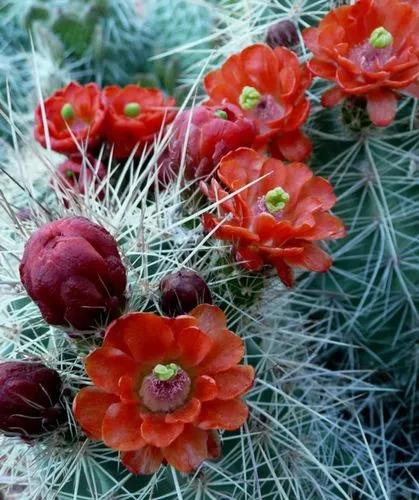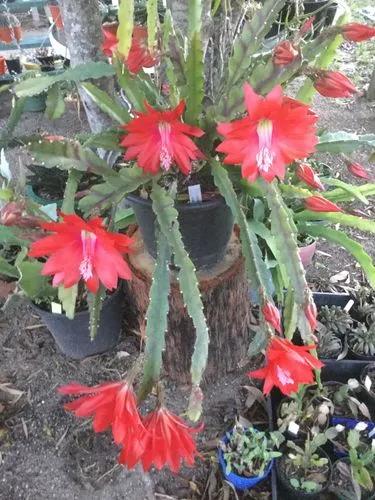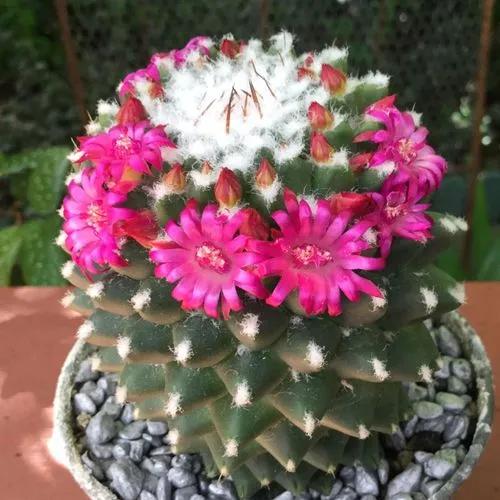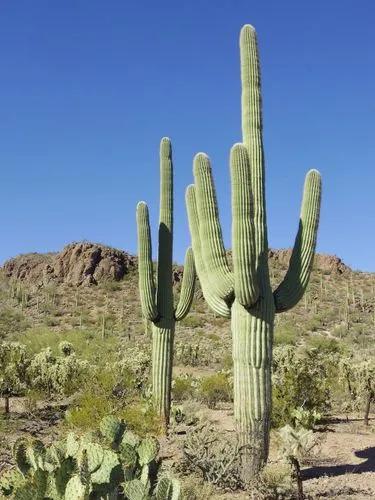Opuntia monacantha, commonly known as drooping prickly pear, cochineal prickly pear, or Barbary fig, is a species of plant in the family Cactaceae. It is native to Argentina, Brazil, Paraguay, and Uruguay.
Prickly Pear Care
Opuntia monacantha
Other names: Cochineal Prickly Pear, Barbary Fig



Opuntia monacantha is a very quick-growing shrubby or tree-like succulent 2-4 (6) m tall with a short trunk up to 2 dm in diameter. Its natural habitats are subtropical or tropical moist lowland forest and sandy shores. The species was first formally described in 1812 by botanist Adrian Haworth. The name Opuntia vulgaris, which is a synonym of Opuntia ficus-indica, has been misapplied to this species in Australia. It is a low maintenance plant that tolerate considerable neglect and will naturalize. Easy to cultivate outdoor in warm dry climates.
How to Care for the Plant

Water

Prickly pear likes dry conditions, and very little watering is required to maintain a plant. This is why a cactus is often used in low-water gardens. Limit your watering to every two to three weeks or when a soil is completely dry. When watering, simply moisten and don't soak a soil.

Pruning

It is important to never remove more than a third of the foliage in any one year and to cut just above a node on the stem.

Fertilizer

Liquid fertilizers are applied more frequently, bi-weekly or monthly, for example. Granular products are used less frequently, perhaps once every month or two. Slow-release houseplant fertilizers break down slowly and release their nutrients in small amounts, over a longer period of time. A single application of most of these products lasts for three to four months.

Sunlight

Light is an essential factor in maintaining plants. The rate of growth and length of time a plant remains active is dependent on the amount of light it receives. Light energy is used in photosynthesis, the plant's most basic metabolic process.

Soil

Loam soil contains a nice balance of silt, sand, and clay along with hummus.

Temperature

The plant can be grown outside in the areas with the lowest winter temperatures from 20°F (−6.7°C) to 50°F (+10°C).

Container

Use a ceramic porous pot with a good drainage.

Popularity

12,882 people already have this plant 1,447 people have added this plant to their wishlists
Discover more plants with the list below
Related articles






